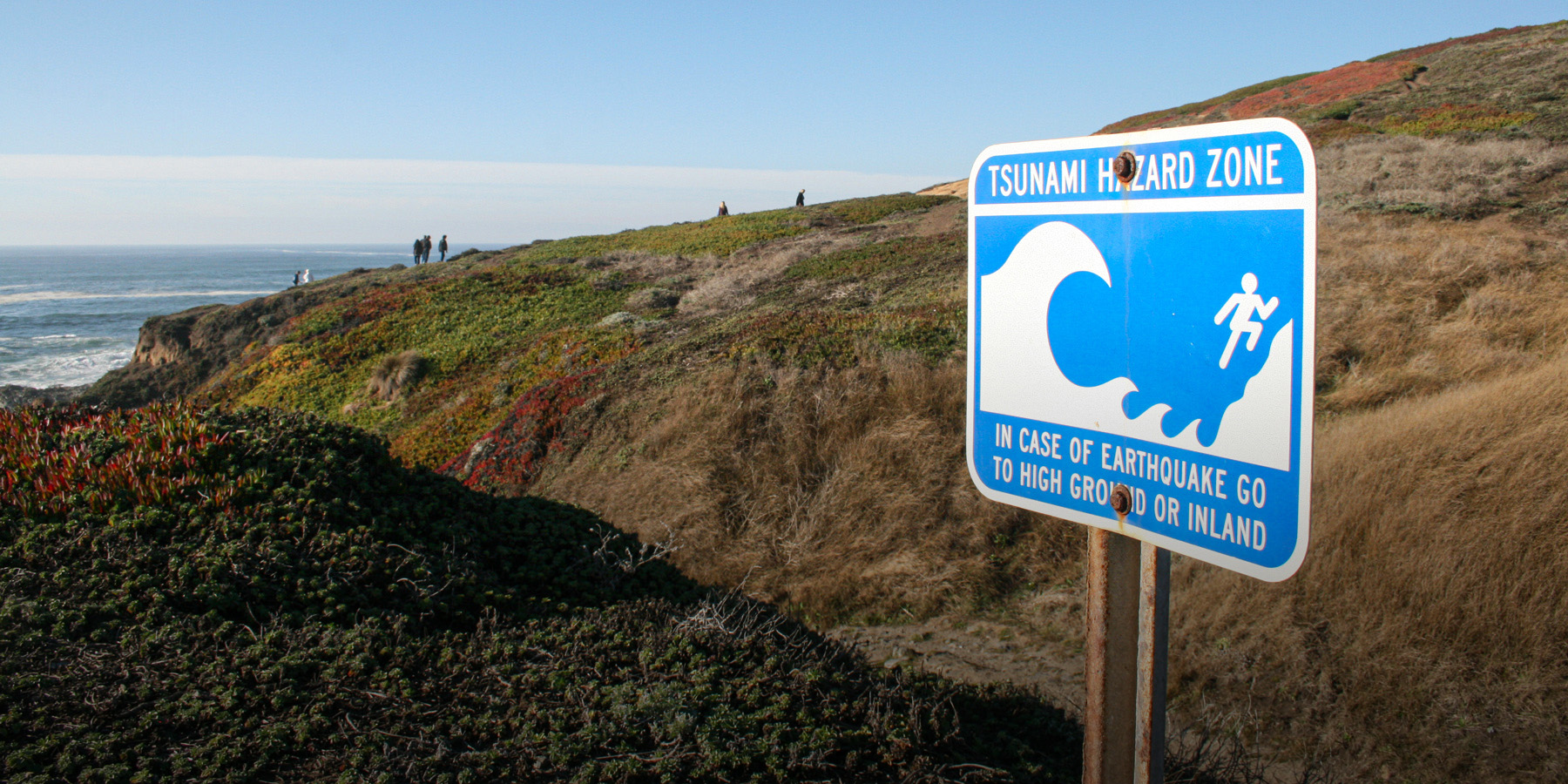A 2 mile high tsunami would not travel inland within the initial two miles. Tsunamis are giant ocean waves caused by underwater earthquakes, volcanic eruptions, or landslides.
They travel at high speeds in the open ocean but lose energy and height as they approach the coastline. A 2-mile-high tsunami would be extremely destructive and have devastating effects on coastal areas, but it would not maintain its full height when reaching inland.
The force of the water would dissipate, and the tsunami would gradually disperse as it encounters obstacles such as buildings, hills, and valleys. It is crucial to have early warning systems and evacuation plans in place to mitigate the impact of tsunamis and protect coastal communities from the potential devastation they can cause.
Understanding The Potential Impact Of An Inland 2 Mile High Tsunami
A 2 mile high tsunami traveling across inland areas can have devastating consequences. Tsunamis are formed by underwater earthquakes, volcanic eruptions, or underwater landslides. They can cause massive waves that sweep across the ocean, reaching incredible heights. The impact of such a tsunami on inland areas would be catastrophic.
The force of the waves would destroy everything in their path, causing widespread damage and loss of life. Entire communities would be wiped out, and the aftermath would be filled with devastation. We have seen the devastating effects of tsunamis in the past, and understanding their potential impact is crucial for preparedness and mitigation efforts.
By examining the formation, characteristics, causes, and effects of tsunamis, we can better comprehend the extent of devastation they can cause.
Exploring The Factors That Influence The Travel Of A Tsunami Inland
Exploring the factors that influence the travel of a tsunami inland reveals the crucial role of local geography. The topography of an area greatly determines the reach of a tsunami, as hills, valleys, and even man-made structures can impact the wave’s progress.
Coastal elevation is another key factor to consider. Higher elevations provide a buffer that can weaken or even dissipate the force of a tsunami, limiting its inland travel. Additionally, the magnitude of the earthquake that triggers the tsunami plays a significant role.
Larger earthquakes generate more powerful tsunamis that can travel further inland. Understanding these factors is essential for predicting and mitigating the potentially devastating impacts of tsunamis. By studying local geography, coastal elevation, and earthquake magnitude, experts can improve disaster preparedness and develop strategies to protect vulnerable coastal communities.
Unveiling The Destructive Power Of A 2 Mile-High Inland Tsunami
Unveiling the destructive power of a 2 mile high inland tsunami is crucial in understanding its potential long-term effects. Historical cases of inland tsunamis offer valuable insights into the devastation that can be unleashed. The sheer force of such a massive wave has the potential to wipe out entire communities and infrastructure.
Coastal areas may experience flooding that reaches miles inland, causing extensive damage and loss of life. Tsunami preparedness and mitigation face unique challenges, with the need for early warning systems, evacuation plans, and public awareness campaigns. The impact of a 2-mile high inland tsunami could be catastrophic, making it imperative to develop effective strategies to minimize its destructive consequences.
By studying past events and addressing the complexities involved, we can work towards creating safer communities in vulnerable regions.

Credit: www.calstate.edu
Conclusion
The potential impact of a 2-mile high tsunami traveling inland is a devastating scenario to contemplate. Should such a catastrophic event occur, coastal regions would face significant destruction and loss of life. The force of the tsunami would rapidly diminish as it moves further from the ocean, but still, it could reach surprisingly far inland, causing severe damage to infrastructure, buildings, and ecosystems.
The speed and magnitude of the tsunami would largely depend on various factors such as the initial size of the wave, the terrain it encounters, and the distance it needs to travel. While scientific research and disaster preparedness measures can help us understand and mitigate the risks, it is crucial to prioritize safety and education to minimize the potential impacts of such a disaster.
By staying informed and implementing effective evacuation plans and early warning systems, we can better protect ourselves and our communities in the face of this potential threat.


